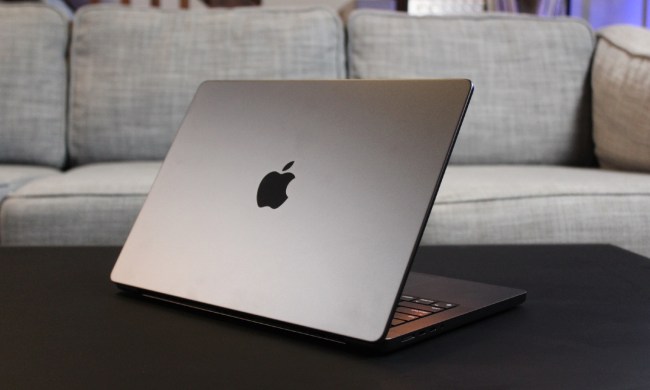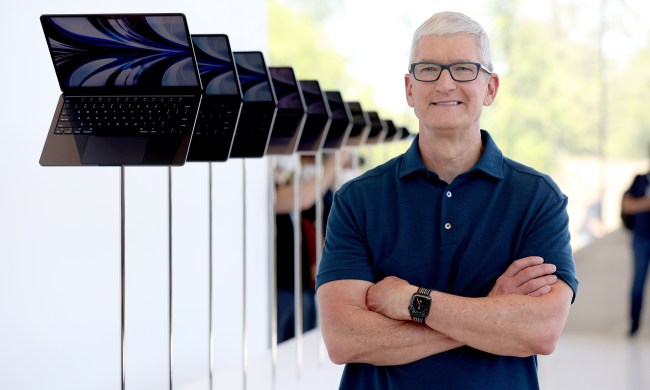When Apple launched the first M1 Macs packing its custom-designed processors, the company made it clear that it was just the beginning. Now, if a new report from Bloomberg is to be believed, future Macs could get an enormous boost from these chips.
The report says Apple is working on the next generation of its in-house Mac chips to succeed the M1 that launched in the revamped MacBook Air, MacBook Pro 13, and Mac Mini. Many of the new chips will be aimed squarely at Intel’s top-end processors and be featured in a new, half-size Mac Pro set for launch in 2022. We may not have to wait that long, though, as upgraded chips are due to arrive in spring and fall 2021.
For future versions of the MacBook Pro and iMac, Apple is working on a chip with as many as 16 high-performance cores and four high-efficiency cores. In contrast, the current M1 possesses the same number of efficiency cores but only four performance cores. Given that the M1 offers a huge step up over its Intel predecessors, this upcoming chip could be even more impressive.

The next-generation chip might not arrive in the next Macs, however. In the event it is not ready in time, Apple may choose to release a version of the chip with eight or 12 high-performance cores (both of which would still be an improvement over the M1 and far better than the Intel processors in previous Macs).
It does not stop there. According to Bloomberg, the chip in the next Mac Pro could contain as many as 32 high-performance cores, in addition to its high-efficiency cores. Such a level of power would be unprecedented in a Mac. The current Mac Pro can be configured to come with a 28-core Intel Xeon W processor, but even that would likely come nowhere near the chip Apple has in its workshop.
Unlike the standard CPU and GPU combination found in most computers, where the processor and graphics chip are kept separate, Apple’s M1 chip contains both in a single package known as a system on a chip (SoC). Bloomberg reports that Apple is also working to ramp up graphics performance in future Apple-designed SoCs. Where the M1 comes in variants with either seven- or eight-core graphics processors, Apple’s road map contains both 16-core and 32-core graphics processors. Finally, in late 2021 or early 2022, the company is hoping to release 64-core and 128-core graphics chips in its high-end machines, marking a phenomenal leap in performance.
With so much power up its sleeve, Apple’s decision to ditch Intel and make its own chips seems to get better by the day. Will Intel be able to keep up? The ball is now firmly in its court.



